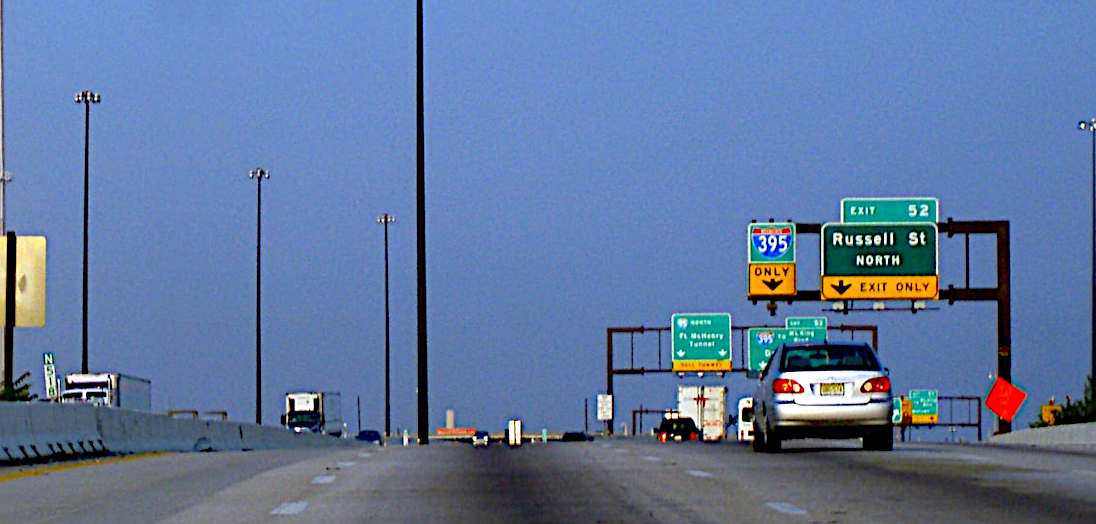First-Time Driving in America? Your Guide to US Driving Rules

The US driving rules can feel daunting to foreigners who plan a cross-country road trip or need to get around a city. Speed limits vary from 65–85 mph on interstates, and each state sets its legal driving age between 16–18 years. These rules demand careful attention before you take control of a vehicle in America.
First-time drivers in America often ask about legal requirements and rules they must follow. The system welcomes visitors to drive, though some states like Georgia, South Carolina, and Connecticut need an International Driver’s Permit (IDP). On top of that, American traffic rules come with unique features. To cite an instance, drivers can make right turns at red lights unless a “NO TURN ON RED” sign appears.
This piece guides you through America’s driving rules for foreigners. School zones demand extra caution with speeds of 10–25 mph when warning lights flash. You’ll learn everything from speed regulations to proper conduct during police stops. Our aim helps you direct your vehicle on American roads with confidence and safety during your stay.
Understanding the Basics of Driving in the USA
American driving rules share common foundations in any discipline. Americans drive on the right side of the road, and their vehicles have steering wheels on the left side. This right-hand traffic rule applies to the entire United States. All but one of these territories follow this pattern — only the US Virgin Islands differs.
Speed limits can vary by a lot between different areas. You’ll find limits of 65–85 mph on interstate highways, while urban areas keep speeds at 25–30 mph. School zones need extra attention. Drivers must slow down to 10–25 mph when warning lights flash or during school hours. Every road has a speed limit, though rural areas don’t always display signs.
Federal regulations in the Manual on Uniform Traffic Control Devices standardize road signs across the country. A simple color system helps drivers quickly understand signs: red means stop or prohibition, yellow indicates warnings, green shows directions, and blue points to services.
Seat belt laws apply to front-seat occupants in 49 states. New Hampshire stands alone without adult seat belt requirements. Child safety rules are stricter — every state requires proper restraints based on a child’s age and size.
Note that while states have their own traffic laws, they maintain nationwide consistency. This standardization helps even first-time visitors navigate American roads with ease.
Essential Driving Rules Tourists Must Know
Tourists need to become skilled at America’s unique road rules. Most states accept foreign driver’s licenses from tourists. However, states like Georgia, South Carolina, and Connecticut require an International Driving Permit (IDP). Visitors should get their IDP before their trip since the U.S. doesn’t issue them to travelers.
The “right turn on red” stands out as a distinctive American driving custom. Drivers can turn right at a red light after coming to a complete stop, unless signs indicate otherwise. The law requires yielding to traffic and pedestrians before making the turn.
School bus rules rank among the most strictly enforced regulations. All traffic must stop at least 20 feet away from a school bus displaying flashing red lights. The penalties for passing a stopped school bus are severe. Violators face fines up to $1,000 in some states and risk license points or suspension.
Rules for overtaking vehicles:
- Pass on the left on two-lane roads that have broken yellow lines
- Check blind spots before changing lanes
- Curves or hills with limited visibility make passing dangerous and illegal
State laws differ on distracted driving. Handheld phone use while driving remains illegal in 16 states, while 47 states ban texting behind the wheel. Distracted driving resulted in 3,275 deaths during 2023.
Navigating Roads, Tolls, and Emergencies
Driving through America’s road network can be challenging for first-time visitors. The country has toll roads in 38 states, which makes them hard to avoid during long trips.
These days, most toll facilities use electronic collection systems. E-ZPass is the most common system, and you’ll find it mainly in northeastern states. Other regions have their own systems like FasTrak in California, SunPass in Florida, and TxTag in Texas.
Understanding toll payments is vital if you’re renting a car. Rental companies usually provide transponders for a daily fee, whatever you use toll roads or not. You can also register your rental car’s license plate online with certain toll systems or add it temporarily to your existing toll account.
Here are some important numbers to save for emergencies:
- 911 – For immediate emergencies that need police, fire, or medical help
- Insurance company’s claims number – To report accidents right away
- Roadside assistance – To get help with breakdowns and towing
If your car breaks down, safety comes first. Move off the road, turn on your hazard lights, and set up reflective triangles if you can. It’s best to stay in your vehicle while you wait for help.
Each state has different driving laws. You might notice changes in speed limits, phone usage rules, and even right-turn-on-red permissions as you drive across state lines. Learning about specific state rules before your trip helps you avoid any surprises.
Conclusion
Driving in America brings unique challenges for international visitors. The basic rules make navigation a lot easier. This piece explores everything in American driving culture — from driving on the right side to specific practices like turning right on red lights. The text also covers important safety rules about school busses and speed limits that change between highways, cities, and school zones.
You’ll need to prepare well before starting your American driving experience. Get an International Driving Permit if your destination state needs one. Learn about the electronic toll systems on your route and keep emergency numbers handy. Federal guidelines create consistency nationwide, but each state has its own specific rules too.
If you run into an accident or serious driving-related issue during your travels, ConsumerShield offers a strong network of attorneys, andresources that help drivers understand their rights and options after incidents on the road.This knowledge will help you explore America’s big roadways with confidence.
Driving in a variety of landscapes gives you experiences you can’t get through other ways of travel. Your trip could be a cross-country adventure or just city driving — knowing these rules will keep you safe and help you enjoy the experience. Good preparation turns potentially stressful situations into great memories on the open road.



